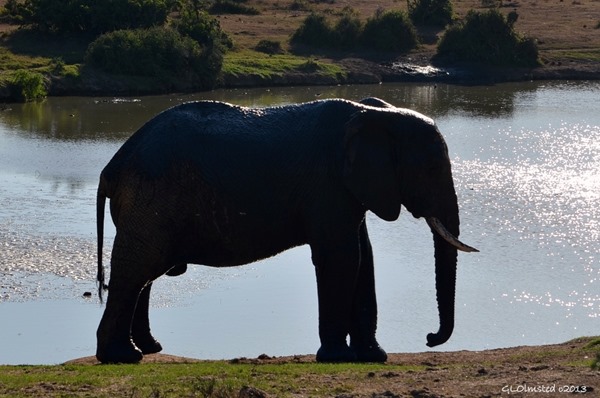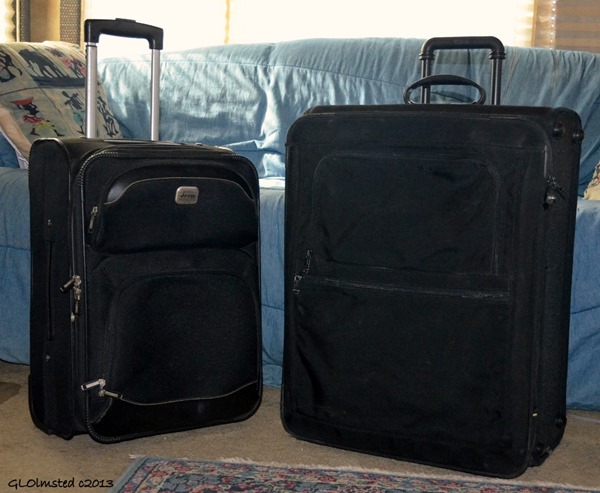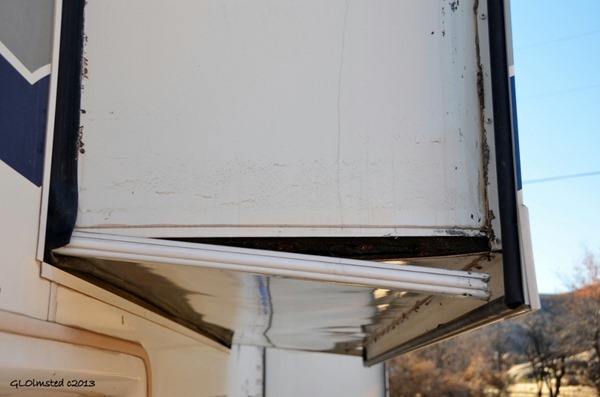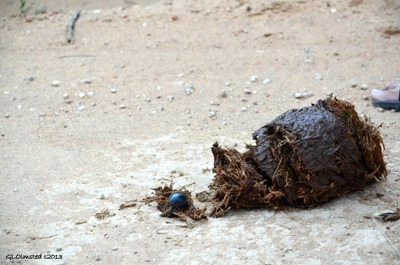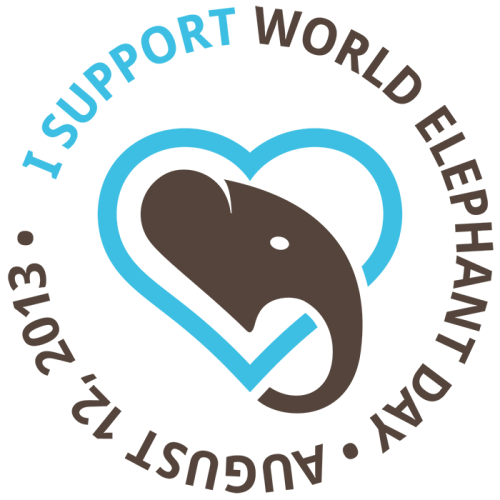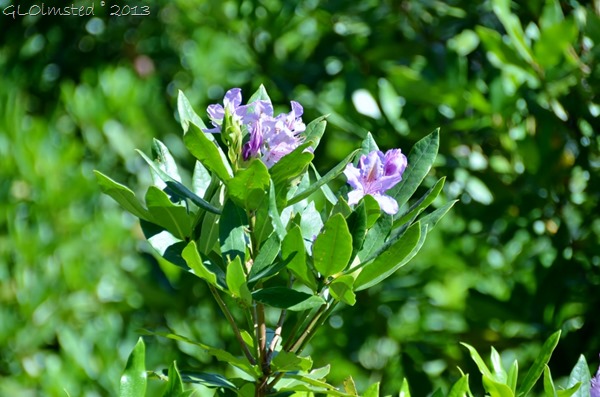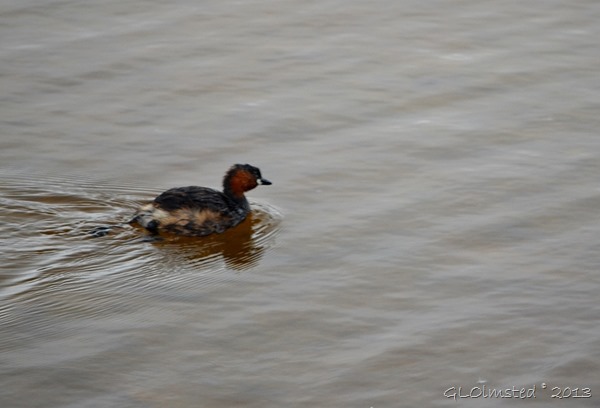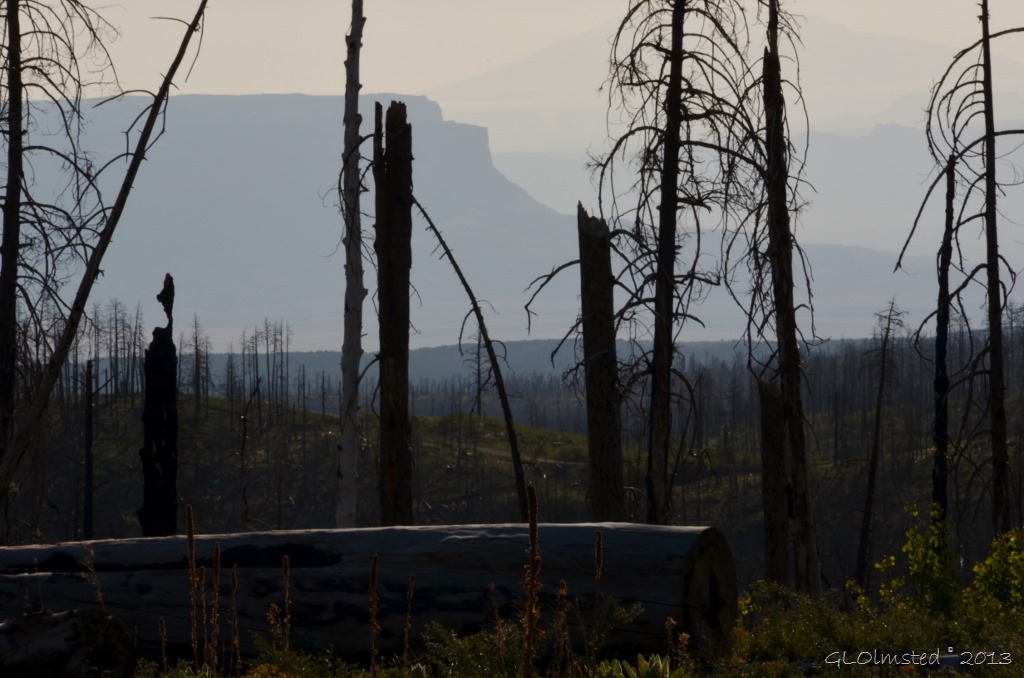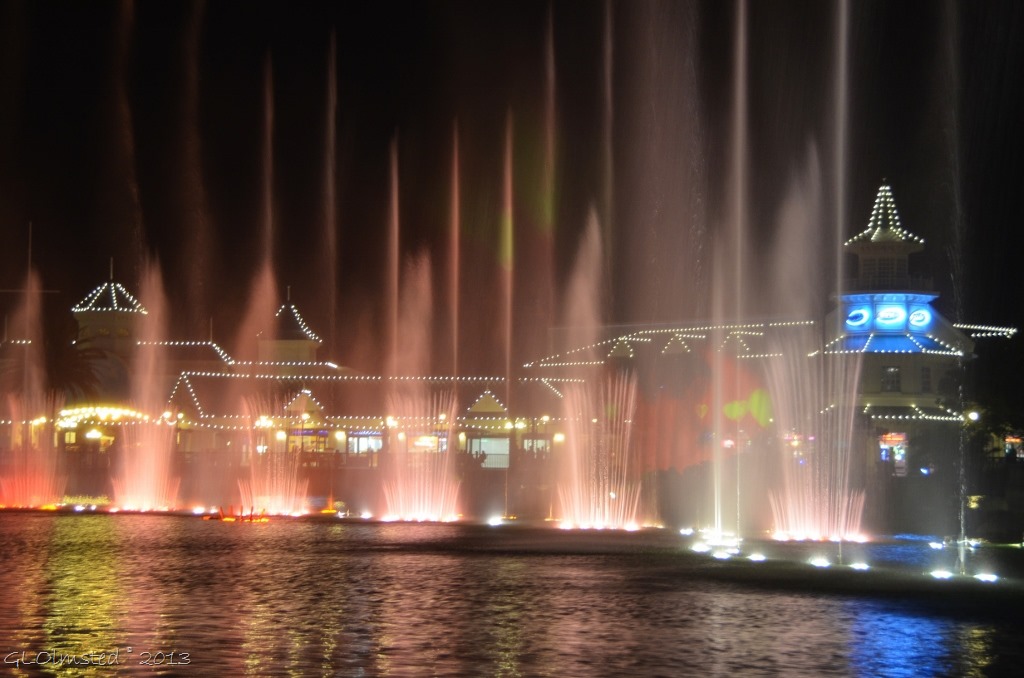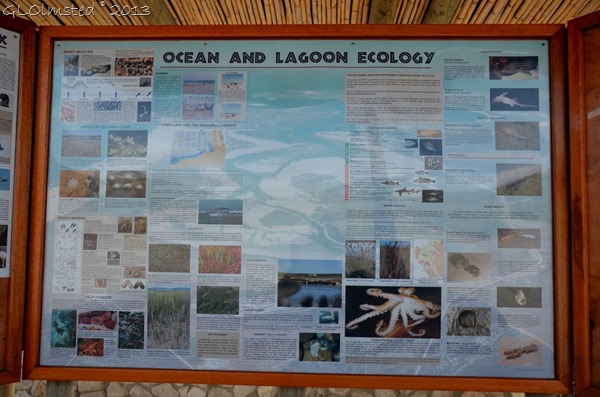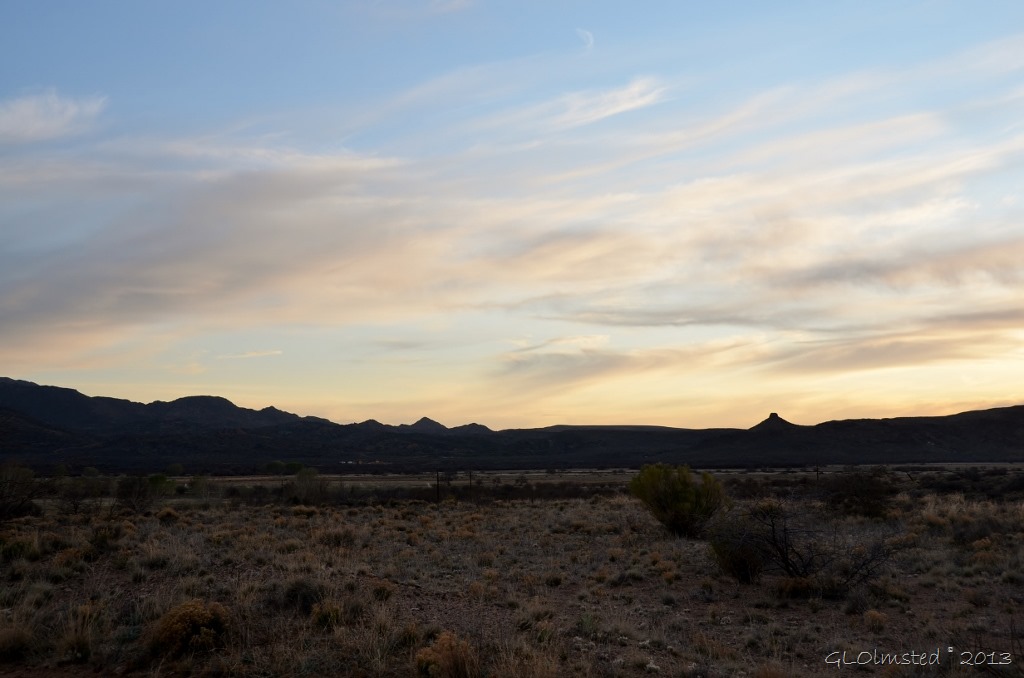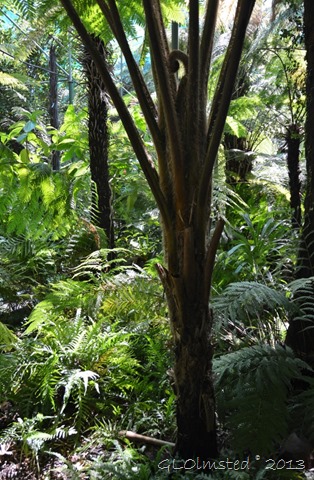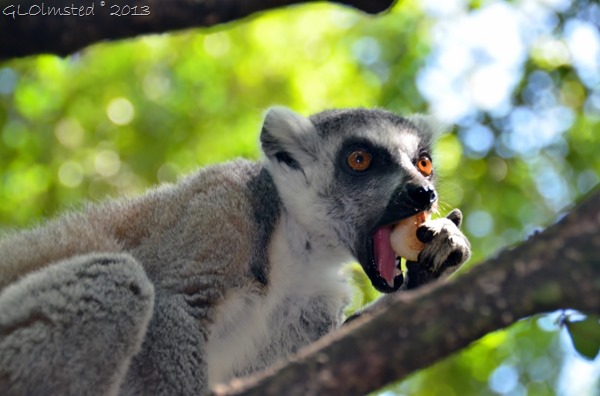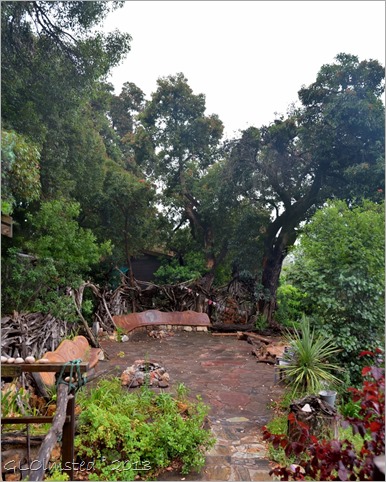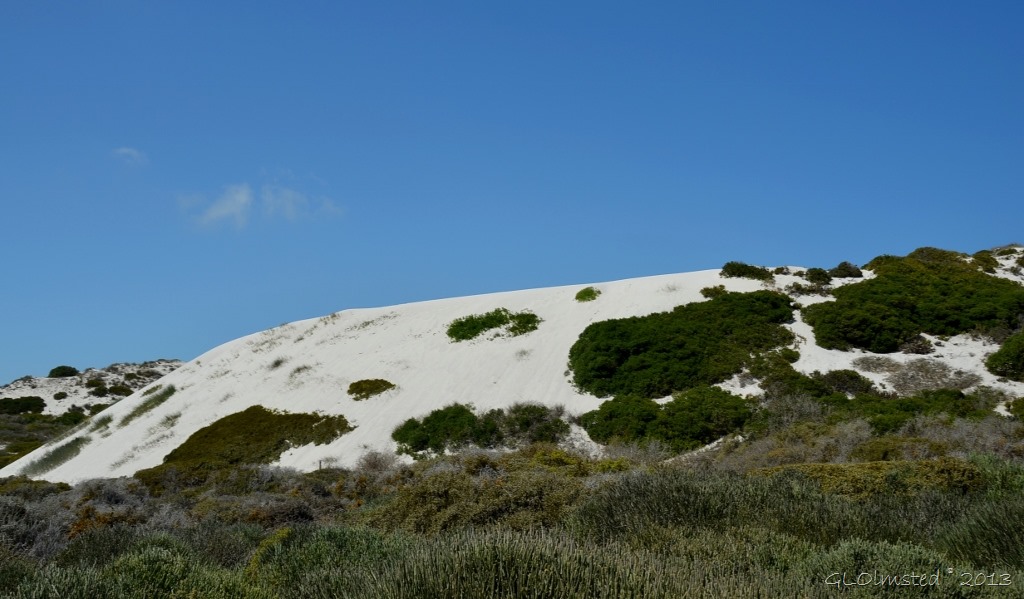Think I need a trunk?
Do you pack days or weeks before you travel? Maybe you never unpack. I’m a procrastinator, but I have my lists which have been growing for months.
Procrastinator in rehab
After reading these blog posts about being and not being a procrastinator the monkey dragged me back to the dark playground where we played tug-a-war for a while. If you are not a procrastinator you’ll just have to read it to understand the metaphors.
Packing
To roll or not? Maybe packing cubes? Naw, just get it all in the suitcase and worry about it later. Right? I’ve done this before and it does get a little easier each time. Add the few small things forgotten last time and leave more behind. South Africa is a modern country so I can buy most things I need like toiletries, camping gear and more.
I’m taking a small rolling carryon for all the electronics and camera gear, and a big—half empty—roller for the rest to be checked in. Plus of course the oversized purse.
Taking the big full-time laptop means backing up and removing a lot of data/images. Better safe than sorry. After double and triple checking two external hard drives for successful backup I still struggled with deleting three years of photos from the main hard drive. Sure opened up a lot of space.
On top of packing for the trip I also have to pack up my RV home so repairs can be done while I’m gone which includes making sure the slides go in and out. Water damaged a board under the bed slideout so all the hydraulics have to be moved to replace and repair it. Sure glad this job can be done while I’m not home.
Seems like I’ve done a lot of nothing in the last 2 1/2 months but sit on my butt at the computer. Guess that’s why I haven’t really written anything about what I’ve been doing lately.
Thanks for the suggestions on changing the blog. Although I’m not sure I can do anything about enlarging the font like Yogi suggested or changing the order in the archives as Erin asked. Is anybody except John having problems with the header falling off the page on their iPad? I have the site set to responsive which is suppose to make it work on all devices. And yes Sherry, I’ll try to tell more personal stories, when I have something to tell. If you think of something else always feel free to let me know. I look at it so often it could just be shit.
OK, I’m packing!

